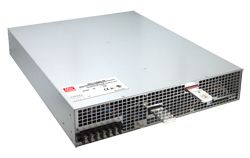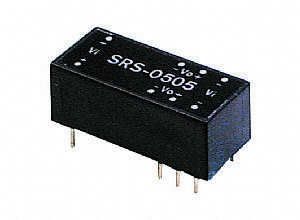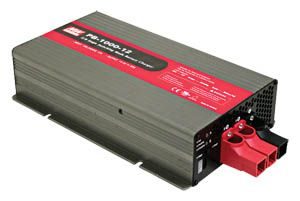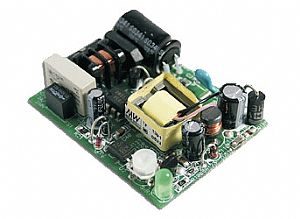Transfer Time
What is Transfer Time
The transfer time is the amount of time a UPS takes to switch from the utility supply to the battery derived supply whenever there is a mains failure. It also refers to the time it takes for the UPS to switch back from the batteries to the mains when the utility power resumes.
The transfer time depends on the UPS technology, and falls between zero and 12 milliseconds. The online UPSs have a zero transfer time while standby UPSs have an average of 8ms. The typical transfer times are:
- Standby UPS: 5-12 ms, – average 8 ms
- Line interactive UPS: 3- 8ms – average 5 ms
- High efficiency double conversion UPS: 1-3ms
- Double conversion has a zero seconds transfer time
The transfer time should be short enough than the power supply’s hold up time. This ensures an adequate safety margin that prevents the load from rebooting or resetting. It is advisable to have a transfer time of less than 5ms for most computer equipment; however, the highly sensitive electronics are supplied with online UPSs which usually have a zero transfer time.
Both the standby and line-interactive UPS transfers the load to battery derived power within a very short time of between two and eight milliseconds. This is fast enough to keep most equipment operating without any interruption. However, this interruption might affect the highly sensitive equipment and the online UPSs with zero transfer time are preferred.
The online UPS systems have zero transfer time because the inverter is always on and supplying the power to the load. The DC bus is common to both the rectified DC and the battery and this is what supplies the inverter, ensuring that the inverter is always operating from DC regardless of the source.
Relationship between transfer time and power supply holdup time
Most standard power supplies have a hold-up time of about 20 milliseconds, and will continue powering the load for a maximum of 20 milliseconds after a power failure. This enables the power supply to keep the load powered and withstand brief power interruptions as the UPS transitions from one mode to the other, either from the normal mode to battery, or from the battery back to the normal mode.
It is desirable to have a shorter transfer time of less than the 20ms or the power supply’s hold-up time. The shorter transfer time ensures that the power supply does not shut down in addition to minimizing the inrush current.
If the power supply remains without input power for long, there will be more inrush current when power becomes available, and this can even exceed the power supply rating and cause a shutdown. If the switch-over time is more than the holdup time, the power supply will cut off power to the load and reboot the system.
A standby UPS is suitable for powering most of the common loads. These UPSs have the longest transfer time which can be anywhere between 2-14 ms, but this is still less than the holdup time of most standard power supplies. However, they not recommended for highly sensitive applications.
The double conversion or online UPS with zero transfer time is widely used for the critical and sensitive loads such as medical equipment, servers, precision test equipment and other highly dependent equipment.
It is important to understand the type of load when selecting a UPS and take note of the holdup time and then choose a UPS with a shorter transfer time. UPSs with shorter or zero transfer times such as the online are the best; however they are more expensive and may not be cost effective for standard loads.




